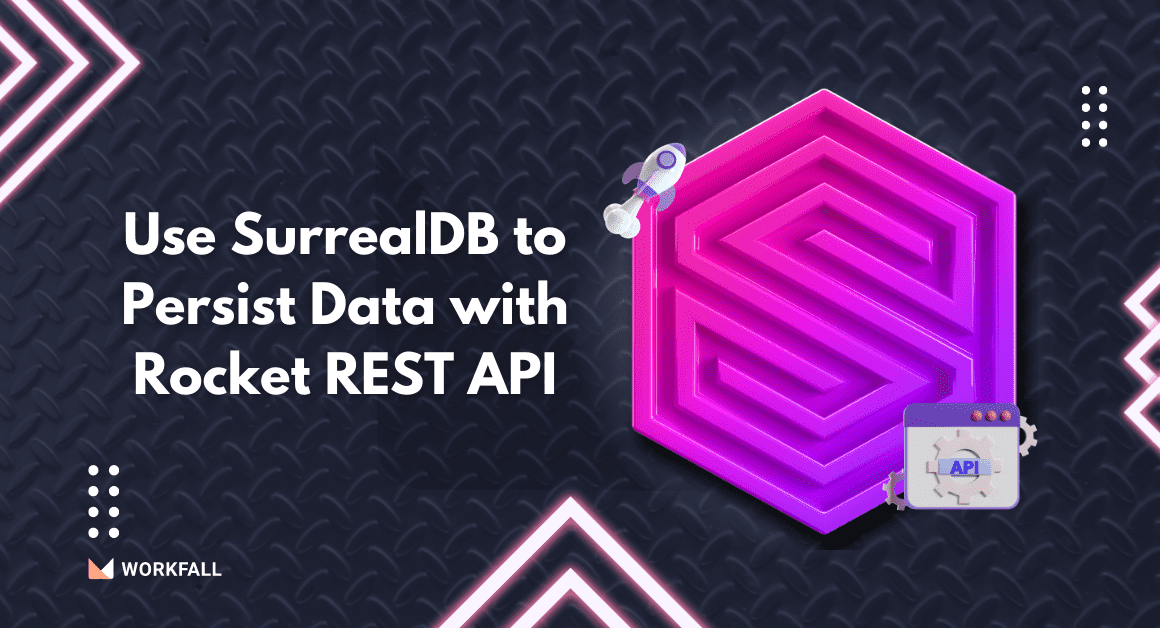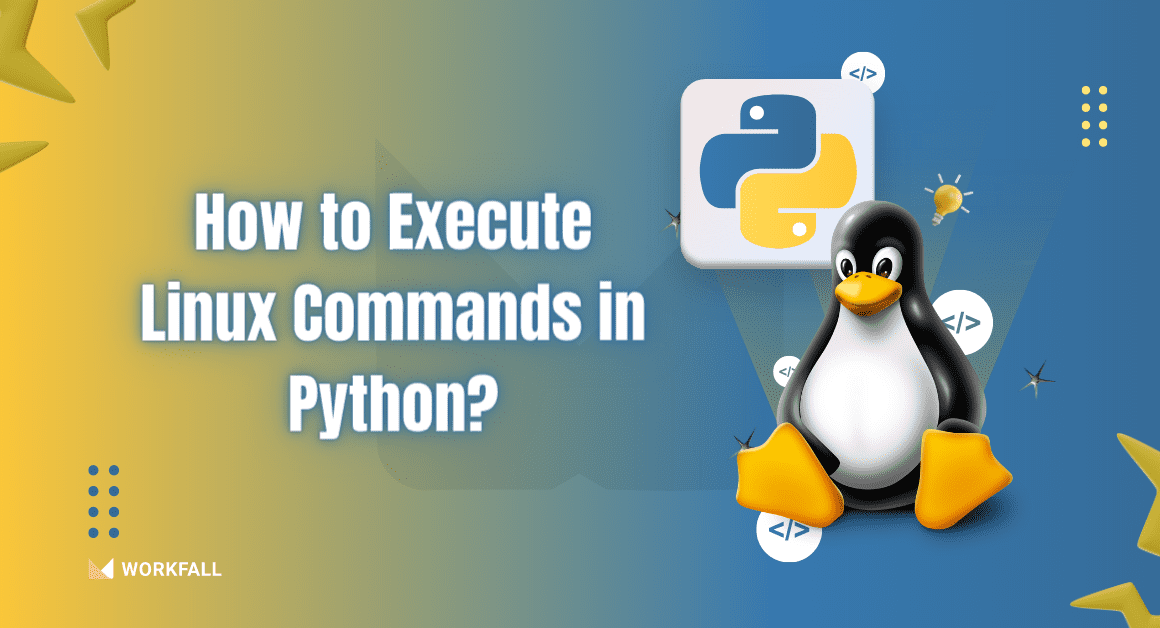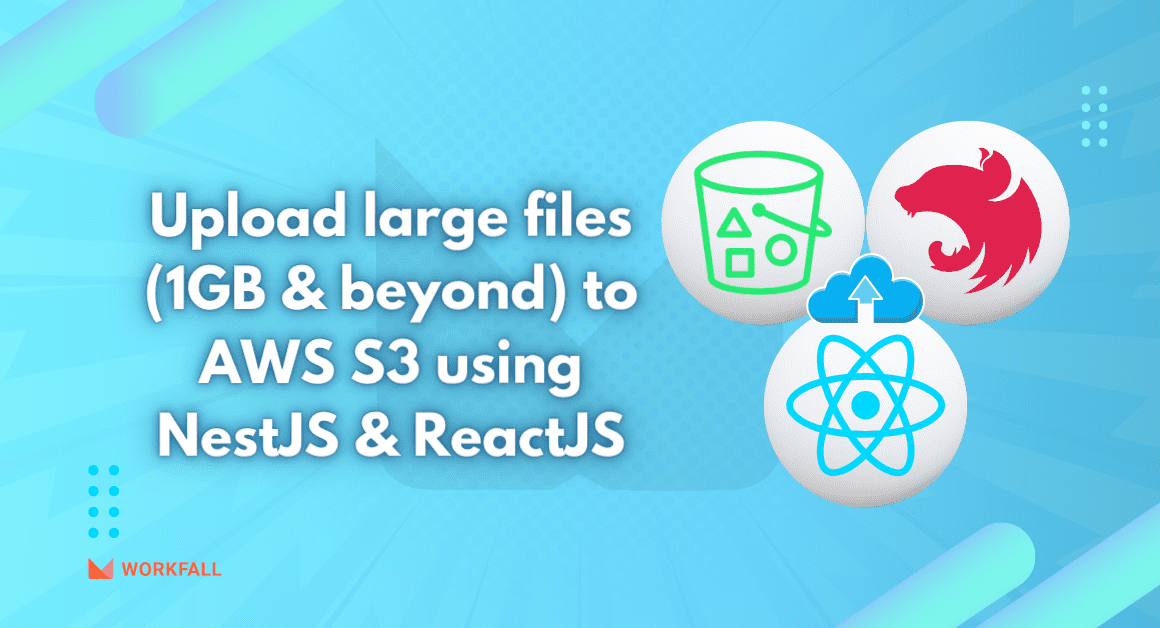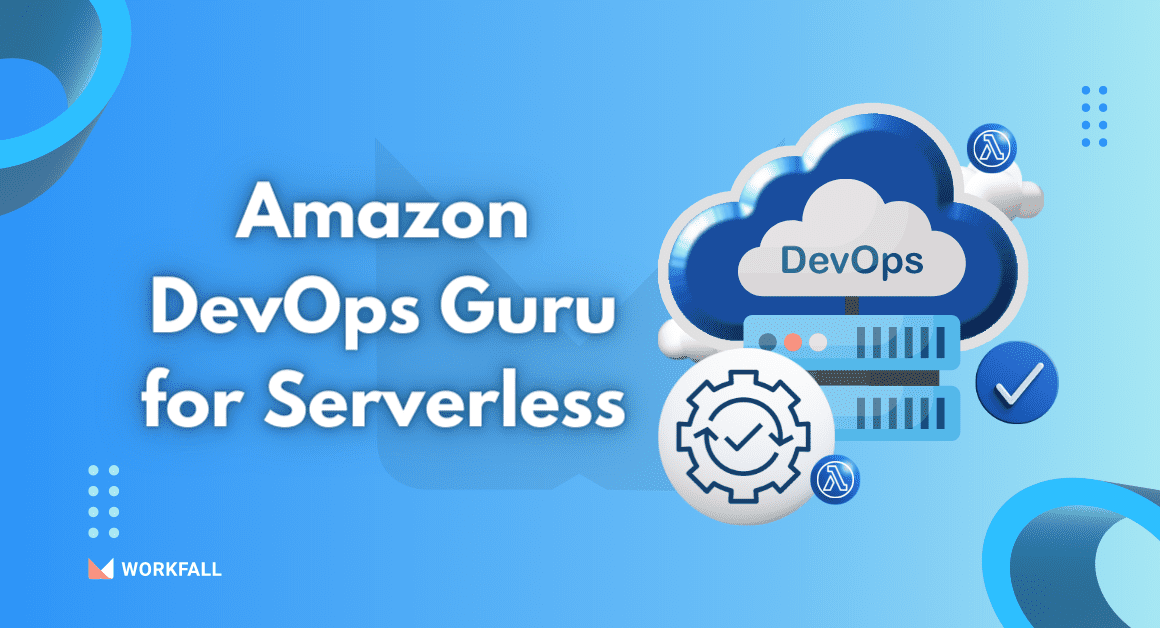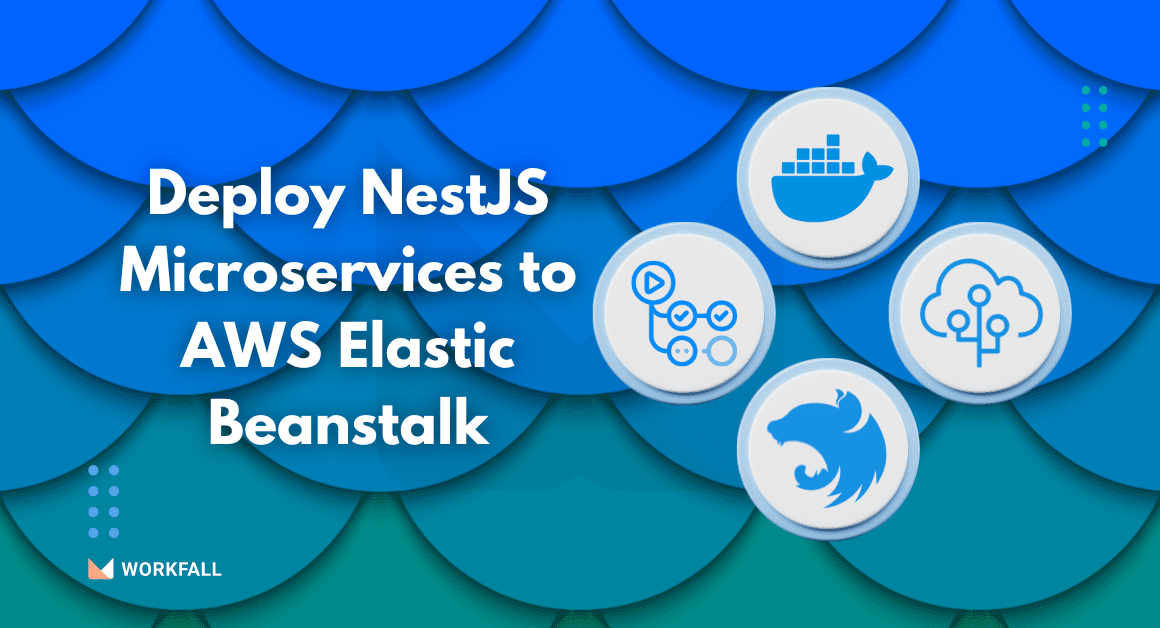Amazon PartyRock: A Playground for Generative AI Enthusiasts
Reading Time: 5 minutes In a groundbreaking move, AWS has recently introduced PartyRock, an Amazon Bedrock Playground, designed to make generative AI app-building both fun and intuitive. This hands-on playground empowers users to create a variety of apps with just a few simple steps, opening doors to explore the vast realm of generative AI. In Part 2 of this […]
Use SurrealDB to Persist Data with Rocket REST API
Reading Time: 8 minutes Databases are essential in web development for organizing data in various forms and shapes (both structured and unstructured). Their ultimate goal is for the stored data to be easily retrievable, updated, queried, and generally administered via a graphical user interface (GUI), dashboard, or even command line interface (CLI). We can use database management systems to […]
Platform Engineering: Predictions and Prospects in 2023 & Beyond
Reading Time: 7 minutes Platform Engineering has received a lot of attention, but there is some misunderstanding about what it is and, perhaps more importantly, how it differs from more well-known disciplines like SRE and DevOps. Platform Engineering is the rebranded DevOps or it is the next stage of DevOps evolution? Why suddenly everyone has started talking about it? […]
How to Execute Linux Commands in Python?
Reading Time: 8 minutes As of this writing, Linux has a global desktop market share of 2.77% (A Report by Statcounter), but it powers over 90% of all cloud infrastructure and hosting services. It is critical to be familiar with common Linux commands for this reason alone. According to a 2022 StackOverflow survey, Linux-based operating systems are more popular […]
How to upload large files (1GB and beyond) to AWS S3 using NestJS (backend) and ReactJS (frontend)?
Reading Time: 5 minutes When dealing with file uploads, you must be aware that files are uploaded in buffers stored in memory and if the file is larger than the allocated memory in your VM, it may run out of memory and the application might crash. For example, if your allocated memory is 2GB, if you try to upload […]
Amazon EKS Clusters Locally on AWS Outposts
Reading Time: 9 minutes AWS recently announced the availability of Amazon EKS local clusters on AWS Outposts. It means that now users can run the Amazon EKS cluster entirely on Outposts, including the Kubernetes control plane and nodes. To make things easier, AWS now allows you to host your entire Amazon EKS cluster on Outposts. Let’s see what else […]
How to detect operational issues in Lambda Function automatically with Amazon DevOps Guru for Serverless?
Reading Time: 8 minutes Hands-on In this hands-on, we will see how we can detect operational issues in Lambda Function with Amazon DevOps Guru for Serverless. We will first log in and navigate to the AWS console. Then, we will change the region to the one that has Amazon DevOps Guru available. Navigating to the Amazon DevOps Guru dashboard, […]
Amazon DevOps Guru for Serverless
Reading Time: 9 minutes With digitalization and the cloud assuming responsibility for the development and deployment of new features in software applications, error handling is a critical activity that aids in faster deployment. Any error in the chain, from writing code to deploying to monitoring performance, can degrade customer experience, increase costs, or immediately disrupt critical services. Amazon has […]
How to Deploy NestJS Microservices to AWS Elastic Beanstalk?
Reading Time: 7 minutes AWS Elastic Beanstalk is an AWS service on which you can deploy your application and it offers orchestration for various AWS services such as EC2, and S3 out of the box through auto-scaling, load-balancing, and capacity provisioning. All you have to do is upload your code and AWS Elastic Beanstalk does everything for you including […]
How to use AWS SSM Parameter Store in AWS Elastic Beanstalk instances?
Reading Time: 9 minutes Almost every developer makes use of environment variables. They are excellent for establishing parameters that alter depending on the system’s surroundings. Sadly, they struggle to scale. There are methods to accomplish it, but they aren’t enjoyable. Here’s why AWS can replace environment variables (or at least reduce your reliance on them). Building contemporary cloud apps […]

